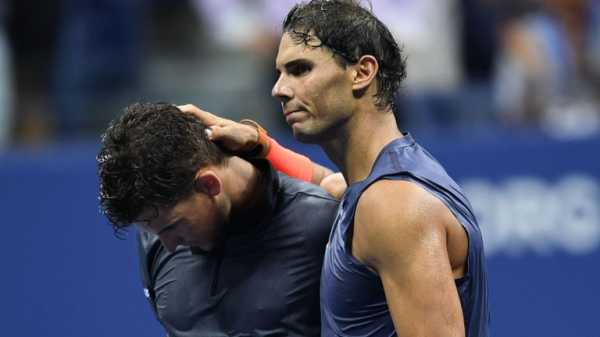
Grand Slam tennis is the pinnacle of the sport and the best-of-five-set format in the men’s game provides the narrative for the greatest drama possible.
Rafael Nadal’s thrilling, near five-hour, five-set epic against Dominic Thiem at the US Open only re-emphasises the game’s ability to conjure ecstasy and agony in equal measure.
Nadal recovered from losing the opener 6-0 to take a two sets to one lead as an enthralled Arthur Ashe Stadium watched on and despite the top seed, bidding for a fourth title in New York, being forced into a decider by the heavy hitting Austrian, he managed to edge the sudden-death finale.
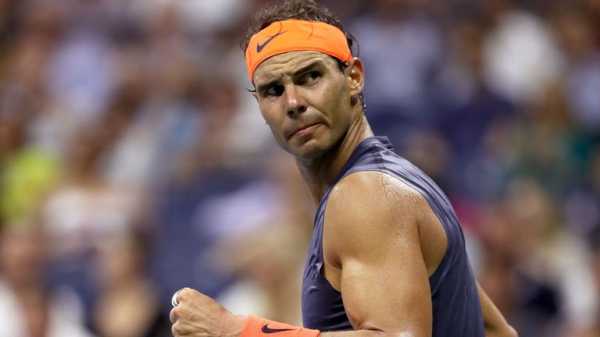
“I said to Dominic: ‘I’m very sorry and keep going’,” Nadal, who climbed over the net to console his opponent at the conclusion, said.
“He has plenty of time to win. He will have his chances in the future without a doubt.”
Nadal, 32, described the match as a “great battle” and despite “suffering” on the way to victory underlined his credentials to go down as the sport’s greatest competitor.
“This match is going to be stuck in my mind forever – tennis is cruel sometimes,” Thiem said.
“This match didn’t deserve a loser, but there has to be one.”
US Open quarter-final: Nadal v Thiem – Match stats
| Nadal | Thiem | |
| Winners | 55 | 74 |
| Unforced errors | 49 | 58 |
| Total points won | 166 | 171 |
And to think we would not have witnessed this spectacle – which finished at 2:03am local time – if the best-of-five format was removed from Grand Slams and replaced by best-of-three which is played at tour level.
Billie Jean King advocated earlier in the year men should play best-of-three saying fans wanted “quality over quantity”. We saw both between Nadal and Thiem and there have been other examples this year.
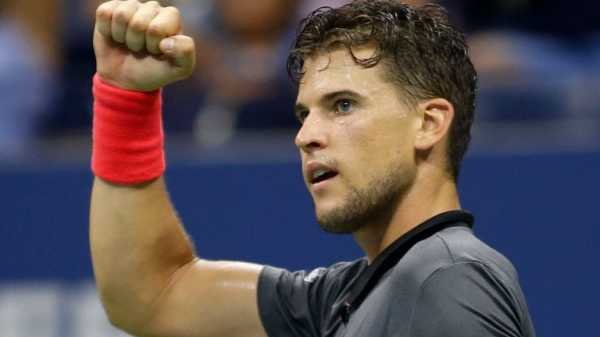
It could easily be argued that Nadal has been part of three of the season’s best matches. On the night millions tuned in to see England’s dreams of World Cup glory come to an end against Croatia, Centre Court was witnessing a classic between Juan Martin del Potro and the Spaniard.
That contest was one minute shy of what finished in the early hours at Flushing Meadows on Wednesday morning while Nadal also went the distance against eventual champion Novak Djokovic in the Wimbledon semi-finals.
As fate would have it, next in line for Nadal in New York will be a semi-final meeting with 2009 champion Del Potro – their 17th on tour – and you wouldn’t be surprised if they both played out another thriller on Friday.
Andy Murray, who has been involved in his fair share of marathon duels including on the Davis Cup stage, which also plays the best-of-five format (for now at least), admitted in an interview with the New York Times his stance on the subject had been altered after commentating on the meeting between Nadal and Del Potro.
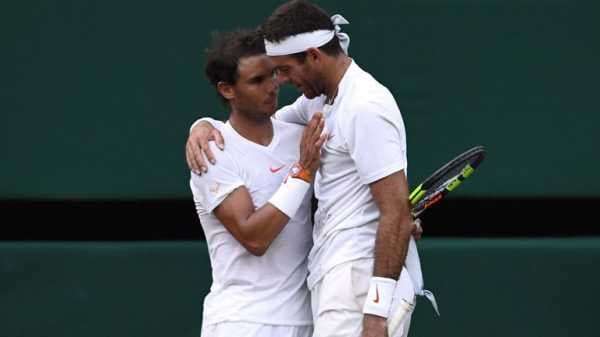
“As a player, I really like best-of-five; it’s been good to me,” he said. “I feel like it rewards the training and everything you put into that.
“But then, when I sat and watched the match – that Nadal-Del Potro match in the commentary booth – it was an amazing match, it was a brilliant match, but it was really, really long to sit there as a spectator for the first time.
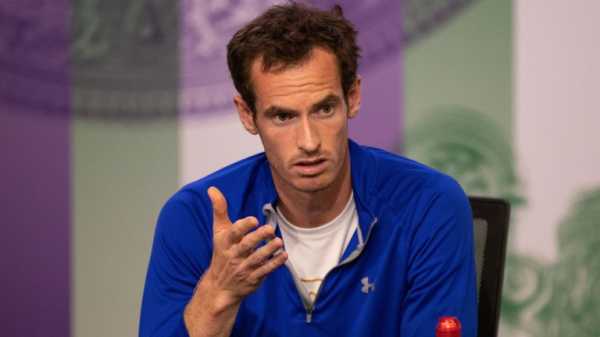
”That evening I had a meeting planned, and I missed my dinner. People that are sitting there during the week watching that all, I don’t think you can plan to do that.
“A lot of people are going to be getting up and leaving the matches and not actually watching the whole thing. The people while in the stadium loved it, but I don’t think it – as well, what happened in the semifinals – is good for tennis.”
Murray’s closing argument relates to the first men’s semi-final between Kevin Anderson and John Isner, who battled for six hours and 36 minutes in what seemed to be a never-ending semi-final encounter that ended in the fading sun on Centre Court.
What needs to be addressed for the sake of the athletes is the introduction of a fifth set tiebreak at the Australian Open, French Open and Wimbledon – only the US Open has a policy of playing the tiebreak in the deciding set. The fifth set between Anderson and Isner finished 26-24 and lasted almost three hours alone.
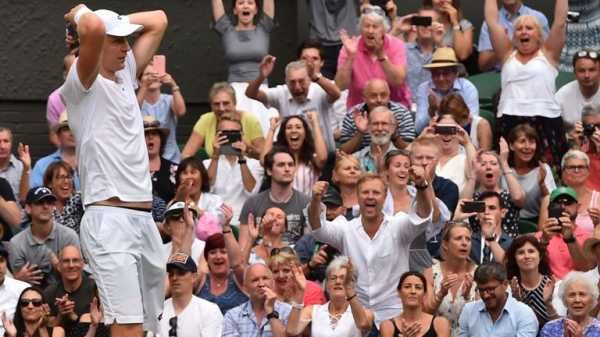
As much as their match was testament to both players’ endurance levels, surely a tiebreak would have been a fair enough manner to end the contest. Isner, who won the longest match ever – an 11 hour and five-minute encounter against Nicolas Mahut, at Wimbledon in 2010, put forward another option.
”Maybe there’s a middle ground, we can include a tie-break at say 12-all? That’s a fair balance,” the American said.
Then comes the evermore-topical question over players’ fitness and the impact of Grand Slam tennis. Is the sport doing everything possible to extend the careers of its biggest names. The longevity of Roger Federer and Nadal would indicate it is but many at the top, including multiple major winners like Novak Djokovic, Stan Wawrinka and Murray, have suffered from lengthy absences.
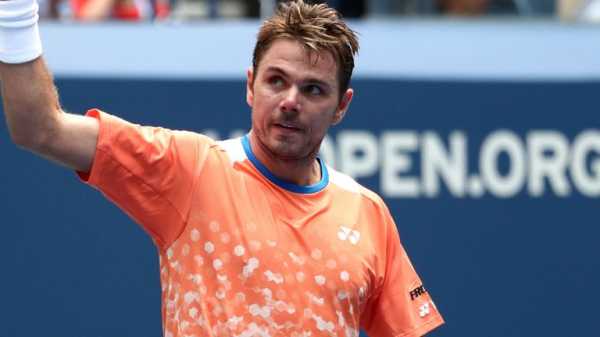
A player needs to win seven matches to lift one of the four coveted trophies and there is no denying that is taxing but it would be a crying shame if the spectacle of the men’s game was all but reduced to best-of-three throughout the year.
Federer, involved in arguably the greatest match of all time against Nadal in the 2008 Wimbledon final, has won three Grand Slam titles since January 2017 and his performances at the upper echelons of the sport are arguably owed to his decision to manage his schedule. His shock fourth-round defeat to John Millman does not mark the end of his career. You would be foolish to write him off yet.
In fact the Swiss great advocated, at the Cincinnati Masters only last month, introducing more best-of-five set finals outside of the majors, particularly at the season-ending ATP Finals which will once again take place at the O2 in November, live on Sky Sports.
“I would add more best of five sets matches in finals,’ Federer told the Tennis Channel when asked what rule he would change.
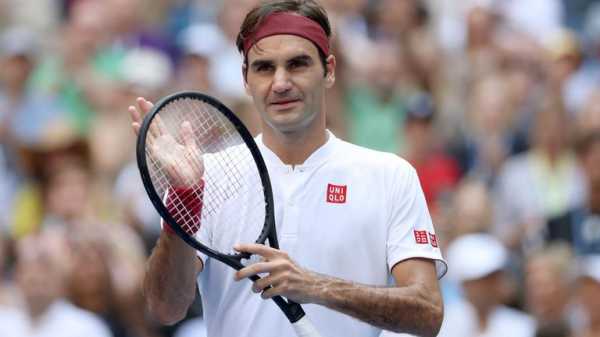
“In Masters 1000 we have more opportunities to have five-set matches, definitely at the World Finals.
“On the ATP Tour we don’t have any five-set matches, they’re all at the Slams, Davis Cup and Olympics finals. I know it’s for player protection, but I feel it’s an opportunity wasted.”
On the other hand Djokovic, who won his 13th major title at Wimbledon in July, disagrees and would instead be happy to see the longer format removed.
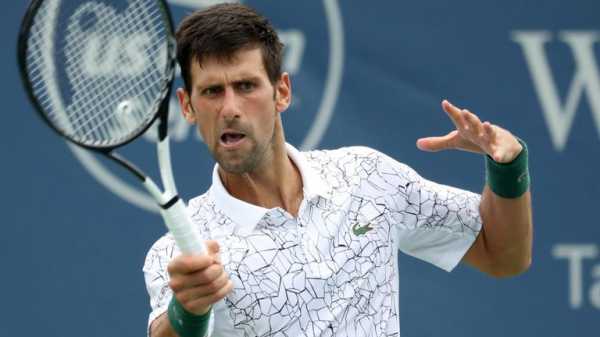
“I am against that. I would have even Grand Slams best of three,” he said at the Cincinnati Masters on his way to becoming the first to claim all nine ATP Masters 1000 events since the series started in 1990.
“This new generation of tennis fans and Millenials, they don’t have a great attention span and they want things to happen very quickly.
“So for the players as well and to attract more people and viewers of a younger audience we have to keep tennis matches dynamic and shorter.”
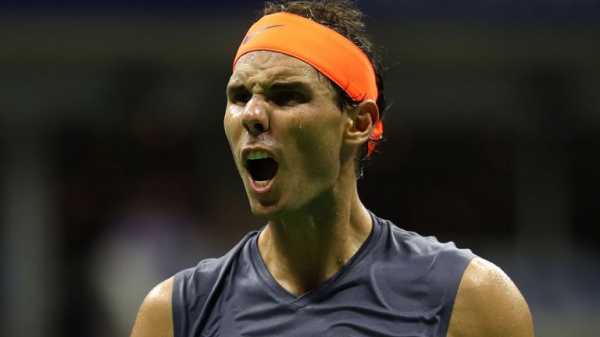
The debate is there to be had for both sides of the argument but what cannot be denied is that five-set encounters – like the one we saw at Flushing Meadows between Nadal and Thiem – are an attribute to tennis and they should be cherished.
Also See:
Sourse: skysports.com






